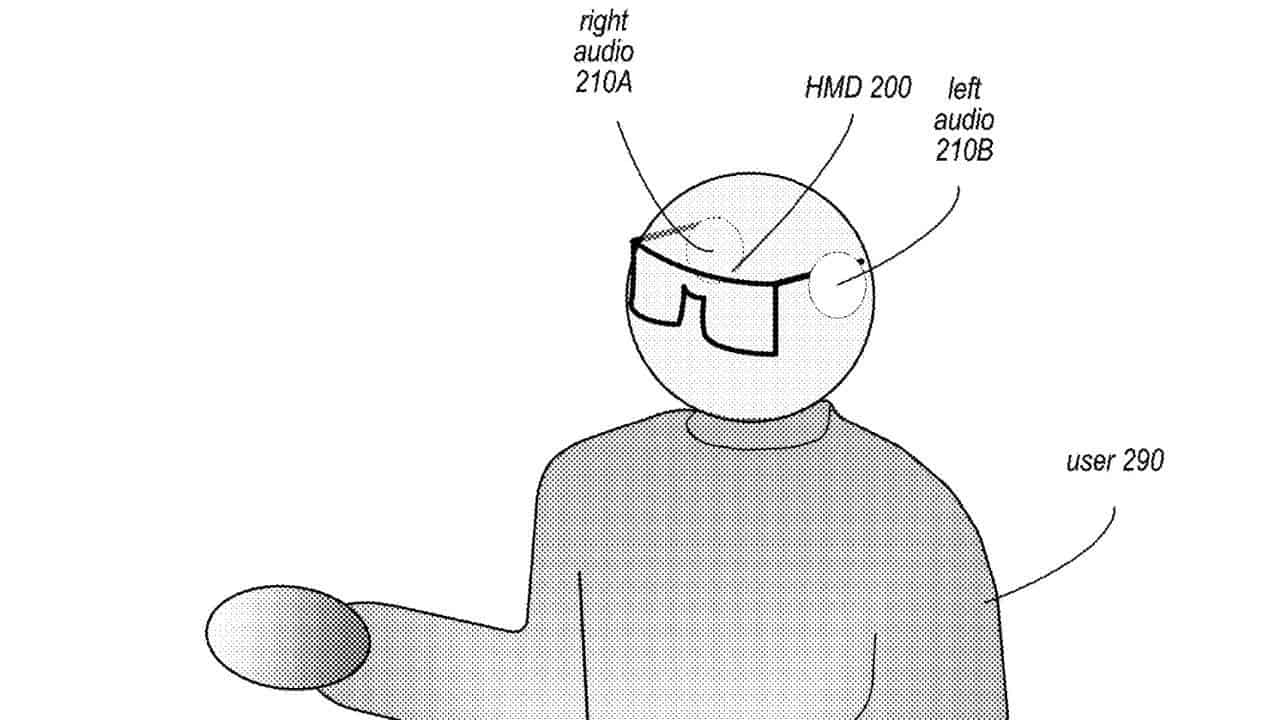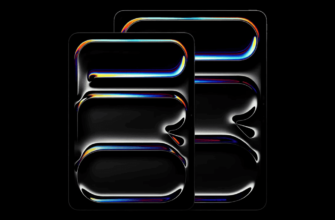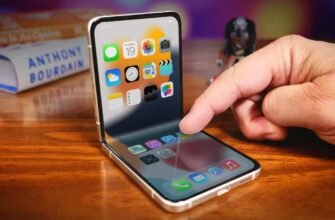Apple recently applied for a patent called “spatial audio navigation”. This patent describes a system that uses binaural audio devices (such as Apple Vision Pro headphones or AirPods) to provide users with navigational guidance. This system starts by determining the user's current location and target location. It then provides audio prompts to help the user navigate their way to their destination.

Spatial audio is a technology that can simulate the direction and distance of a sound source. Thus, users can feel that the sound is near or far away. According to IT Home, unlike conventional voice navigation, spatial audio navigation does not interrupt the music, audiobook or phone conversation that the user is listening to. It also won't give clear instructions to the user (for example, "turn left" or "turn right"). However, it will tell the user how to turn by changing the position or volume of the sound.
For example, when a user is listening to music, an Apple device can place a sound source in front of the user. This will allow the user to move along the track. Also, when turning, move the sound source away from the user. This will allow the user to naturally follow the sound. The patent claims that this will not affect listening pleasure. However, this will provide a more subtle way of conveying navigational information.
Apple believes that such a system of spatial audio navigation is not only more convenient, but also safer. The company claims that the voice can make users blindly follow the road without orienting themselves to their surroundings. This can lead to accidents. Additionally, when using voice, the user will need to decide whether it is safe to follow the voice.
Other aspects of the patent
The patent also describes how other aspects of the sound, such as frequency and reverberation, can be adjusted to affect the virtual direction and distance of the sound. The patent application was filed by six inventors, including Avi Bar-Zeev and Rahul Nair, who previously worked on patents related to eye tracking in Apple's augmented reality.
Final words
Apple's spatial audio navigation patent describes a system that uses binaural audio devices to provide navigational guidance. The patent also describes how other aspects such as reverberation and frequency can be adjusted. In general, it is important to note that this is only a patent application. Now there is no need to discuss its limitations and implementation. That's because it's just a patent, and as with all patents, there's no guarantee it'll ever see the light of day. There are so many promising patents that never made it to market. So, we have to keep our fingers crossed and watch how this patent develops.




